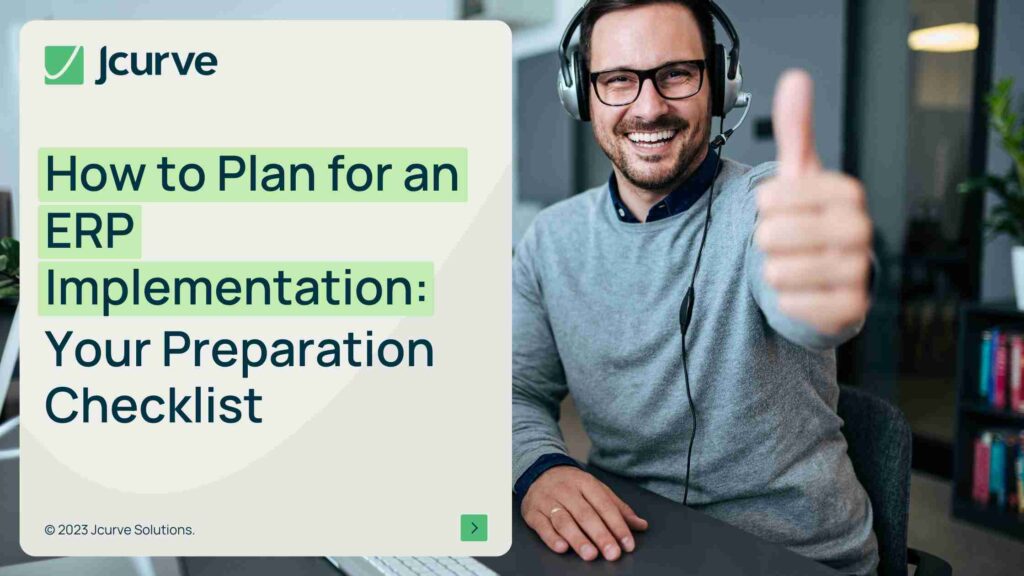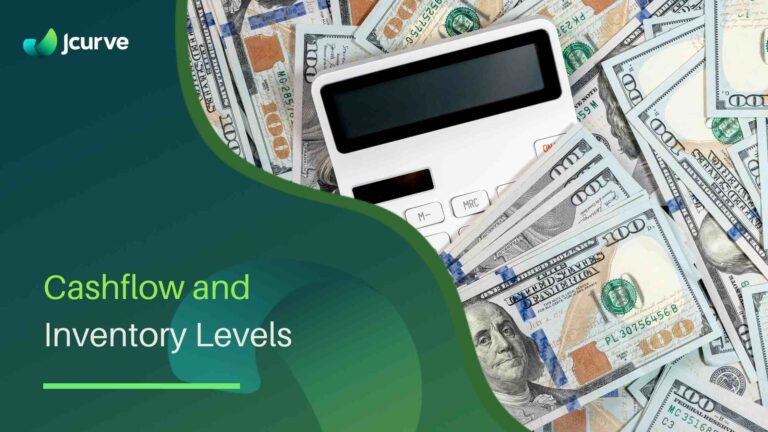Implementing an ERP system in Singapore requires thorough preparation. A well-thought-out checklist is essential for a successful transition. Whether you’re exploring different ERP systems or ready to proceed, having a preparation checklist is essential.
Processes
Understanding Current Processes
Talk to your team about their daily operations. Identify processes that cause slow-downs, errors, and inefficiencies. Document the current and desired states to quantify improvements and facilitate onboarding.
Improving Processes
Capture what creates bottlenecks and errors to improve processes as part of your ERP implementation.
Reporting
Current Reporting
Assess the current reporting methods, whether using Excel or manual tracking. Identify key reports used to gauge performance.
Leveraging ERP Reporting
The new ERP system should simplify reporting, providing real-time, accurate data. Work with your ERP solution provider to replicate or improve existing reports.
Roles & Administrators
Role-Based Access
Many cloud-based ERP solutions are role-based, enhancing security and streamlining navigation. Define the role-based needs for each user and work with your provider to set these up.
Assigning Superusers
Engage team members who adapt quickly to become “superusers”. These individuals can provide in-house support during and after implementation.
Data Cleansing
Importance of Clean Data
Avoid migrating bad data by cleansing existing data. Focus on essential data to bring over and leave non-essential data in legacy systems or export it for record-keeping.
Simplifying Data Migration
Decide what data is essential for the new ERP system, ensuring a clean and efficient starting point.
Your Preparation Checklist
Key Points to Cover
- Processes: Document current and desired states, identifying bottlenecks and errors.
- Reporting: Understand current reports and plan for ERP-based reporting.
- Roles & Administrators: Define user roles and set up role-based access.
- Superusers: Engage quick learners to provide internal support.
- Data Cleansing: Cleanse data and decide what to migrate.
Bonus Tip: Leveraging Expertise
Whether you’re in the ERP software “open house” stage of checking out different systems or ready to move house, start thinking about preparing for the move. If you need help putting together a plan of attack, ask an experienced ERP solution provider who’s been through the process many times before.
Your ERP provider can be a valuable resource, so be sure to leverage their expertise. They can give you the guidance needed to make your ERP implementation a positive move, to get things right the first time, and to help you see a return on your investment even faster.










